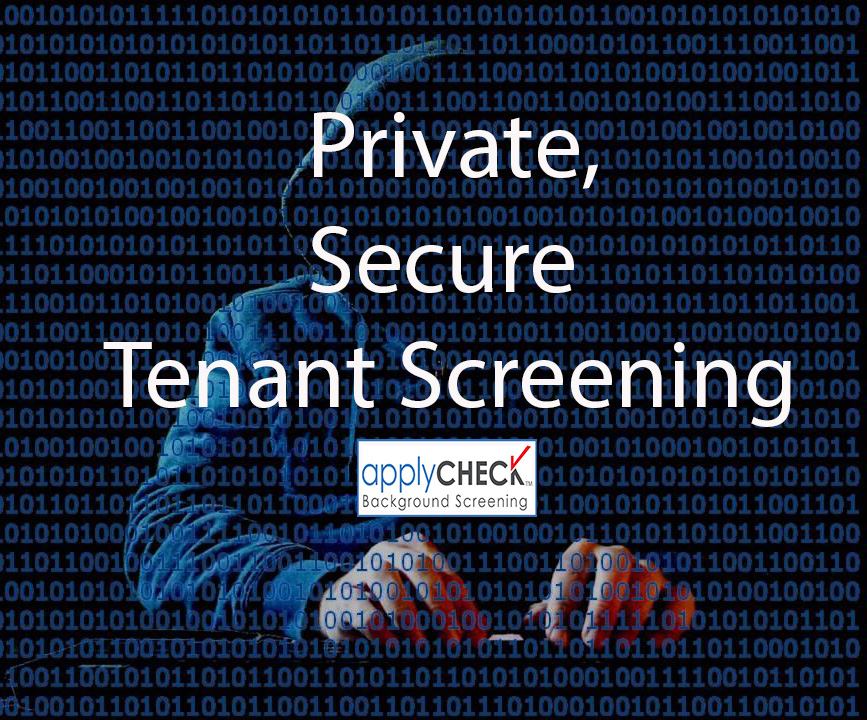Are you receiving private secure tenant screening? In light of the confirmation by Yahoo of a data breach affecting 500 million user accounts, you may be thinking about your computer security. If you are a property manager, HOA or condo association, realtor or landlord, you are already managing your applicant’s private information. Securing this information can help prevent identity theft and credit card theft.
To secure an applicant’s private information, property management and tenant screening software provide different types of computer security. They may provide single-factor, two-factor or multi-factor authentication. Each provides a different level of protection.
Tenant Screening Passwords
If you use an online platform, the first line of defense is the password. Passwords use single-factor authentication by matching your username to your password. While passwords are easy and convenient, they are easily stolen or guessed. Therefore, to make your passwords more secure, follow these rules:
- Make your password unique. Never use the same password on more than one website or service.
- Passwords need to be strong. Make your passwords 10+ characters, including lower and upper case letters, numbers and special characters.
- Passwords should not be in the dictionary. Most of all, don’t use common names or words. Also, don’t use foreign words written in English letters. Hackers can use dictionary based attacks with a dictionary file.
- Password managers such as LastPass generate unique passwords and store them for your use. Strong, unique passwords are a good first defense to achieve private secure tenant screening.
Tenant Screening Two-Factor Authentication
In addition to a password/username, two-factor authentication verifies identity each time you login. It verifies your identity with something that you own, such as a mobile phone. It uses two factors to confirm it’s you. Most frequently, two-factor authentication sends a text message with a unique code to the phone paired with your account.
Tenant Screening Multi-Factor Authentication (MFA)
There are three classes of factors in Multi-Factor Authentication:
- What a person knows (user/password.)
- Something a person has (digital certificate, token or physical device like a phone.)
- A physical trait (fingerprints, retina pattern.)
Since fingerprints or a retina pattern are not practical online, providing an additional option for two-factor authentication enhances security. The account can use two methods for something a person has, namely ip address restrictions and SMS/text enabled phone. When logging in from an unrecognized computer, the user will receive an additional authentication token via a text message or an email address. Then, the user enters the token along with the username/password to verify and register the computer.
Masking Personal Information
Factors of authentication protect against unauthorized access to online data. In addition, protecting the data in the files adds an additional level of security. The social security number (SSN) and date of birth (DOB) are both critical primary identifiers. Therefore, masking the year of birth and the first five numbers of the SSN in the reports helps protect critical aspects of an applicant’s identity. Copies of the applicant’s identification documents, such as a driver’s license, SSN card or passport, are also masked.
Property managers, HOA or condo associations, realtors or landlords often print and/or file tenant screening reports. Therefore, masking the applicant’s critical information protects an applicant’s identity if an unauthorized person were to gain access to the paper or digital files. In conclusion, combining different types of computer security helps provide private secure tenant screening.
>
